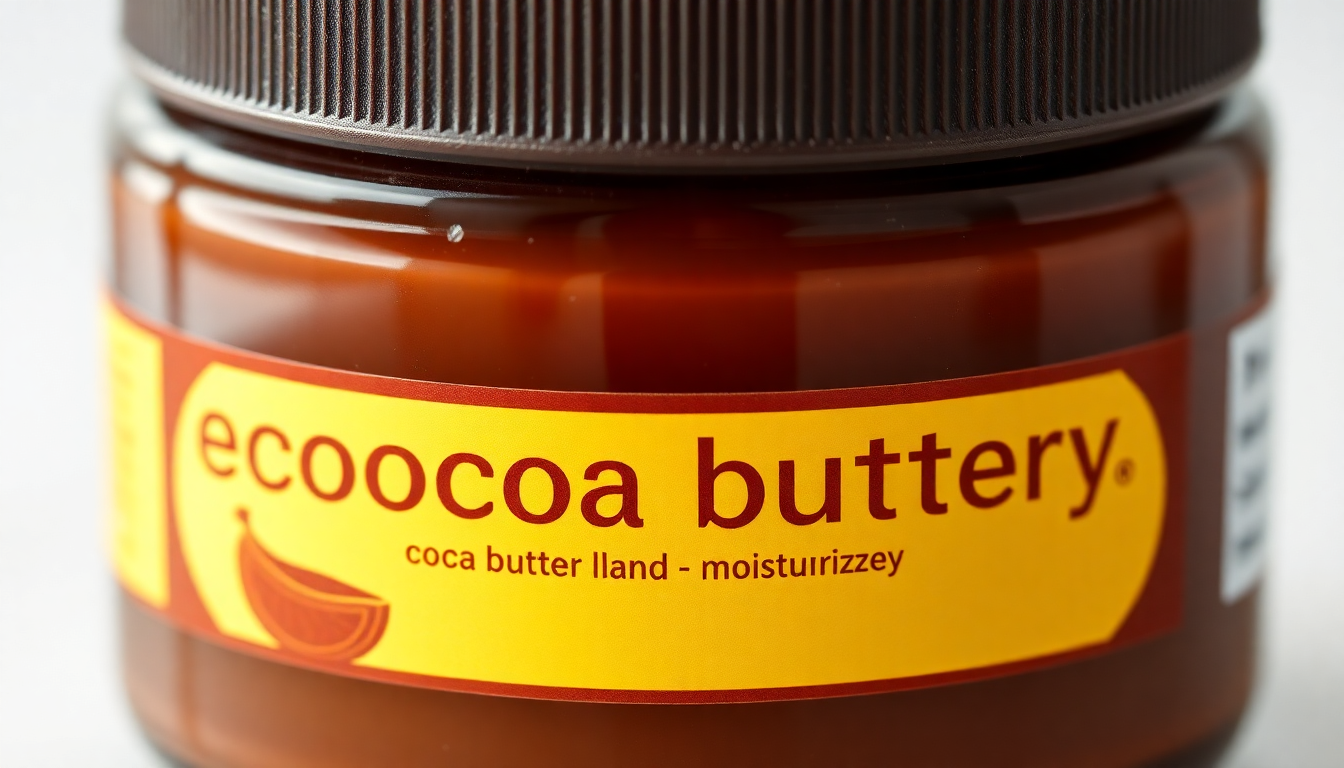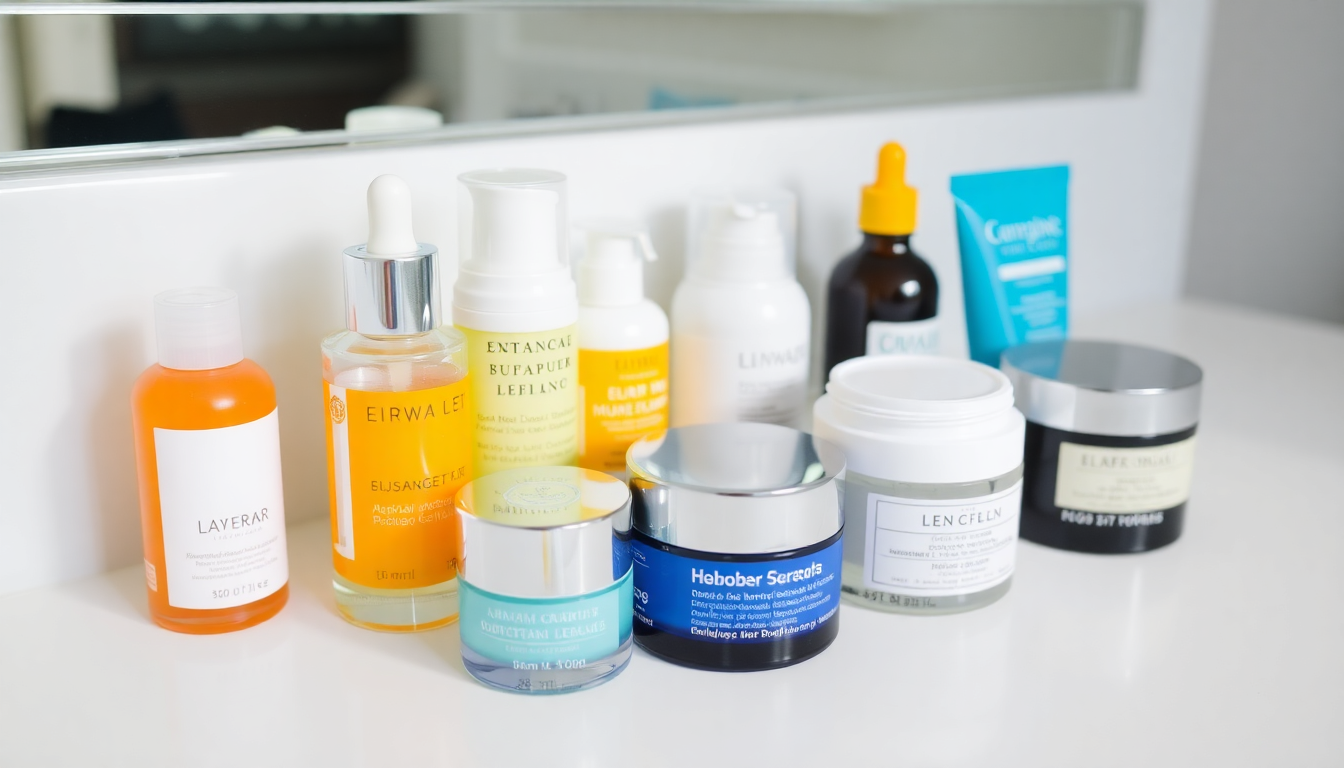Introduction
In 2025, the pursuit of a thick, healthy beard is more popular than ever, symbolizing masculinity, confidence, and personal style. The booming men's grooming industry has responded by offering a wide array of products designed to improve beard appearance and health — with beard oils being among the most talked-about. Many brands promise that these oils can stimulate beard growth, making patchy or slow-growing facial hair a thing of the past. But how much of this is rooted in science, and how much is marketing hype? This comprehensive article dives deep into the biology of beard growth, the ingredients of beard oils, scientific findings, and practical grooming advice to help you understand whether beard oil truly supports hair growth in 2025.
The Biology of Beard Growth: Hormones, Genetics, and Hair Cycles
Beard growth is a complex biological process influenced primarily by hormones and genetics. To appreciate the potential role of beard oil, it's crucial to understand these underlying mechanisms.
Hormonal Influence
The key hormone responsible for stimulating facial hair growth is testosterone. However, testosterone itself isn't the direct actor on hair follicles. Instead, it is converted into a more potent androgen called dihydrotestosterone (DHT) through the action of the enzyme 5-alpha reductase.
DHT binds to androgen receptors in the dermal papilla cells located at the base of hair follicles. This interaction promotes the transformation of thin, vellus hairs into thicker, terminal hairs characteristic of a mature beard. Elevated sensitivity of these receptors to DHT results in more robust beard growth.
Genetic Factors
Your genetic makeup heavily influences how your beard grows, including density, texture, and growth rate. Some individuals may have abundant hair follicles primed for thick beard growth, while others may have fewer or less responsive follicles, leading to patchiness or slower development.
The Hair Growth Cycle
Hair follicles cycle through three phases:
- Anagen (Growth Phase): Hair actively grows from the follicle. The duration of this phase determines hair length potential.
- Catagen (Transition Phase): Hair growth slows, and the follicle shrinks.
- Telogen (Resting Phase): Hair rests before shedding and the cycle restarts.
Beard Oil: Composition and Purpose
Unlike hair growth serums that claim to directly stimulate follicles, beard oils primarily serve as conditioning agents. They nourish the skin beneath the beard and soften facial hair, improving manageability and appearance.
Common Ingredients in Beard Oils
The efficacy of beard oil depends largely on its ingredients, which can be broadly categorized into:
- Carrier Oils: These form the base of beard oils and provide hydration and nourishment. Examples include jojoba oil, argan oil, castor oil, sweet almond oil, and grapeseed oil. These oils are rich in essential fatty acids, vitamins, and antioxidants that support skin and hair health.
- Essential Oils: Added in small amounts for fragrance and potential therapeutic properties. Popular options include rosemary, peppermint, tea tree, and cedarwood oils. Some essential oils are believed to stimulate circulation or have antimicrobial effects.
- Vitamins and Nutrients: Ingredients like vitamin E serve as antioxidants that protect hair follicles from oxidative stress, which can otherwise weaken hair.
How Beard Oils Work
Beard oils hydrate and moisturize the skin, helping to prevent dryness, flakiness, and irritation—common issues for men growing facial hair. By softening coarse beard hairs and reducing split ends, they also improve the beard’s overall look and feel.
Additionally, the light massage applied during beard oil use can stimulate blood flow to the skin, supporting follicle health. However, this does not equate to directly triggering new hair growth or increasing follicle count.
Scientific Evidence: Do Beard Oils Promote Hair Growth?
Limited Direct Evidence
Despite widespread claims, there is limited clinical research directly linking beard oil application to enhanced hair growth. Most studies focus on scalp hair rather than facial hair, and results are often inconclusive when extrapolated.
Ingredients such as castor oil have anecdotal reputations for promoting thicker hair, potentially due to its ricinoleic acid content, which may improve circulation and reduce inflammation. However, robust scientific trials validating these effects on beard follicles are lacking.
Biotin and Hair Growth
Some beard oils contain biotin (vitamin B7), known for its role in keratin synthesis—a key protein in hair structure. While systemic biotin deficiency can lead to hair thinning, topical application has not been definitively proven to stimulate hair growth. Dietary biotin supplementation is more commonly recommended for hair health.
Role of Essential Oils
Certain essential oils, like rosemary and peppermint, have shown potential in animal studies to promote hair growth by improving circulation and prolonging the anagen phase. For example, a 2015 study found peppermint oil to induce significant hair growth in mice. However, human studies remain sparse and inconclusive.
What Science Tells Us About Beard Growth Stimulation
The majority of scientific consensus points to hormonal and genetic factors as primary determinants of beard growth. While topical oils can improve the health of hair and skin, their ability to stimulate new hair follicle activity or increase beard density is unproven.
Practical Benefits of Beard Oil Beyond Growth
Even if beard oils do not dramatically accelerate growth, their benefits for beard maintenance are undeniable:
- Hydration: Oils prevent dryness and flakiness of the skin under your beard, reducing itchiness and beard dandruff.
- Softening and Shine: Oils soften coarse beard hairs, making the beard easier to groom and style, while adding a healthy sheen.
- Protection: Antioxidants and anti-inflammatory properties can protect skin and hair follicles from environmental damage.
- Fragrance: Essential oils provide a pleasant scent, enhancing personal grooming rituals.
How to Use Beard Oil Effectively in 2025
For those who want to incorporate beard oil into their grooming routine, here are some expert tips to maximize benefits:
- Cleanse First: Apply beard oil after washing your face and beard to remove dirt and excess oils that can clog follicles.
- Use the Right Amount: Start with 3-5 drops depending on beard length—more for longer beards.
- Warm the Oil: Rub the oil between your palms to activate its properties and aid absorption.
- Massage Gently: Work the oil into your beard and underlying skin using fingertips, stimulating circulation.
- Consistency Matters: Daily application yields the best results in beard condition and appearance.
- Complement with a Healthy Lifestyle: Maintain a balanced diet rich in vitamins and minerals, stay hydrated, and get adequate sleep to support natural hair growth.
Additional Considerations and Beard Growth Tips
Patience and Realistic Expectations
Beard growth is a slow process and varies widely between individuals. Expecting rapid changes due to beard oil alone is unrealistic. Instead, view beard oil as a supportive tool that enhances the health of your beard during its natural growth cycle.
Consult a Dermatologist for Concerns
If you experience patchy growth or unusual hair loss, consulting a dermatologist can help rule out underlying conditions such as alopecia areata or hormonal imbalances. They may recommend clinically tested treatments beyond topical oils.
Other Grooming Practices
- Regular Trimming: Keeps your beard looking tidy and encourages healthy growth by removing split ends.
- Beard Brushing: Distributes natural oils and exfoliates the skin.
- Balanced Nutrition: Vitamins A, C, D, E, zinc, and omega-3 fatty acids support hair health.
Conclusion: The Role of Beard Oil in 2025 Beard Care
In summary, beard oil is an excellent product to maintain a healthy, soft, and well-groomed beard by moisturizing the skin and hair. While it does not directly stimulate hair follicle activity or dramatically boost beard growth, it can indirectly support hair health by improving the environment where the beard grows.
For men looking to enhance their beard’s fullness and growth rate, a holistic approach is essential — focusing on hormonal balance, nutrition, genetics, and daily grooming routines. Beard oil is a valuable complement to these efforts but not a standalone solution.
As the science evolves, future formulations may incorporate more proven hair growth stimulants. Until then, patience, consistency, and realistic expectations remain the cornerstones of successful beard growth.
Embrace your beard journey in 2025 with knowledge and care, and use beard oil as a trusted ally for a healthier, more vibrant beard.




Palikti komentarą
Prieš paskelbiant visi komentarai moderuojami.
Ši svetainė apsaugota „hCaptcha“, taip pat taikoma „hCaptcha“ privatumo politika ir paslaugos teikimo sąlygos.